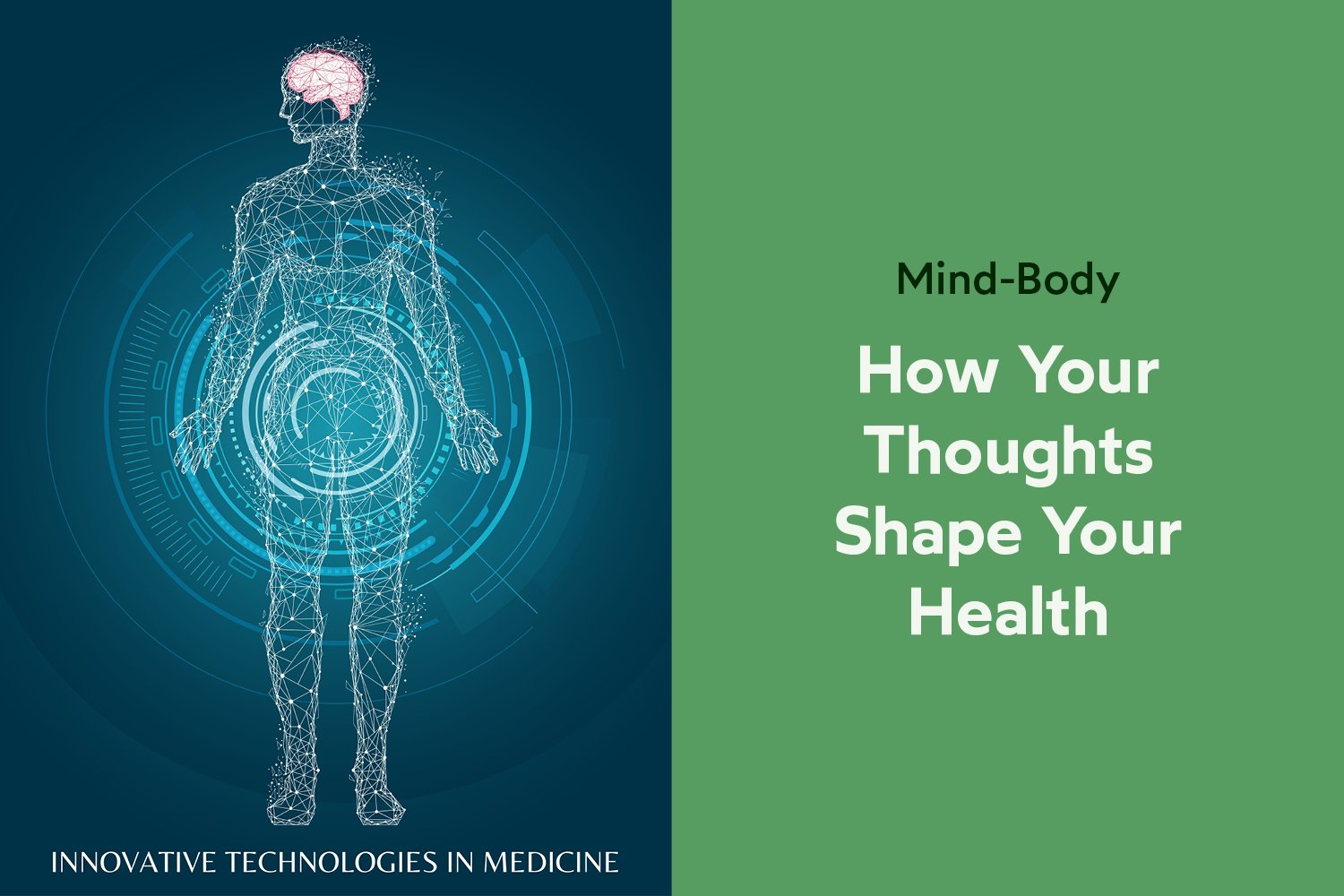New Chiropractic Patients

Thoughts and physical health may seem like separate matters, but they’re constantly influencing each other. Your body responds to what you think, feel, and believe, often in subtle yet meaningful ways.
Understanding this connection can help you support your well-being more effectively.
When you think, each thought sends a signal through your brain, releasing chemicals that affect your body. Positive thoughts can trigger endorphins, which may reduce discomfort and improve mood.
Negative thoughts, especially those tied to worry or fear, can activate the body’s stress response. This can lead to a rise in heart rate, muscle tension, and disrupted digestion. Over time, persistent negative thinking can place strain on the body and contribute to longer-term discomfort.
Stress is more than just a mental state; it often shows up in the body. You might notice:
When stress becomes prolonged, it can weaken the body’s natural defences, potentially increasing the risk of illness or making existing issues feel worse.
Changing how you respond to stress or challenges can help you feel better physically. This doesn’t mean ignoring difficulties, but rather learning to respond more constructively.
The following approaches may be useful:
This shift in mindset is not about forced positivity. It’s about developing a balanced view that supports long-term well-being.
Being aware of how your body feels can help you recognise when thoughts or emotions might be affecting your physical state.
You might try:
Your mind and body are always communicating. Recognising that connection gives you more tools to support your health.
You don’t have to change every thought or sensation, just start noticing them. Awareness is often the first step in making meaningful change.
By paying attention to how you think and feel, and how your body responds, you can begin to build a stronger, more balanced foundation for overall well-being.